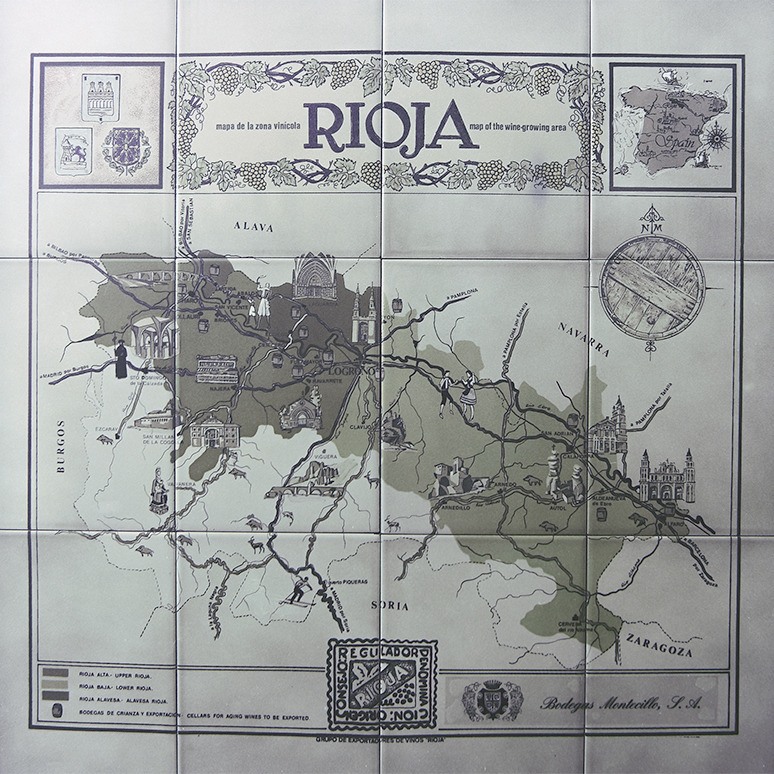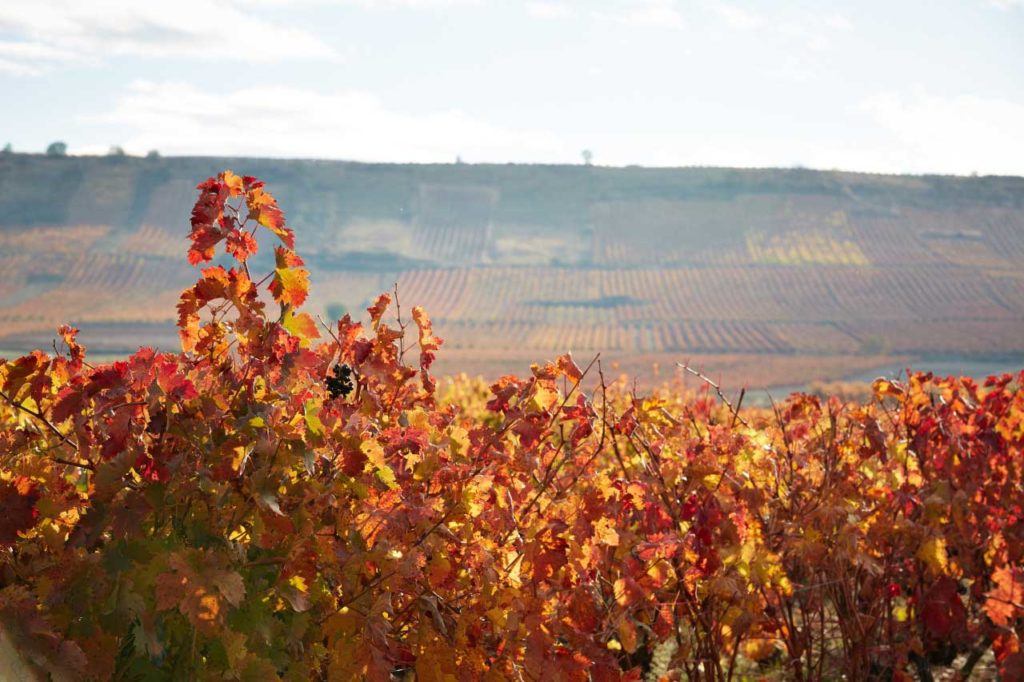In the previous chapter we left you with a cliff-hanger just as various investors saw the business opportunity that Rioja vineyards presented, encouraging them to found wineries that are now part of the living history of the region.

This injection of liquidity turned wine production into the principal economic motor of the area.
The opening of the Bilbao-Haro railway made the transport of wine to the Basque Country considerably easier, but on top of that, calculations continued to show that France needed 500,000 hl a month to make up for the production deficit caused by the phylloxera plague. Therefore, on the 6 February 1882 a French-Spanish treaty was signed to reduce export costs, lowering the duty by five francs per hectolitre for liquids of less that 15º.
This resulted in an increase of the vineyard area from 34,000 to 52,000 hectares during the 1880s, achieving the production of 129 million litres on an annual basis. In addition the salary of the day workers was increased by 50 per cent.
Several factors converged to create a serendipitous situation. A virtuous circle.
But Rioja was faced with the consistent challenge that, as sooner or later French vineyards would recover, they would have to have sufficient knowledge and prestige to ensure that this would affect them as little as possible. Arrive on the scene to stay; so that once they had found their place they would be another option in the quality market.
And what effectively happened was that the demand from France went down moderately as the vineyards recovered, but the large industrial wines that had formed were maintained, thanks to the total implementation of new winemaking techniques and the new international markets that had already been conquered.
Even so, every rise has a fall.
In 1899, phylloxera was officially detected in Rioja.
Everything started on 5 June of that year when some vines were taken to the oenological station in Haro and when they were examined they detected the presence of the insect in their roots.
You should know that they had previously done almost everything humanely possible to prevent its appearance with Phylloxera Defence Comissions even being created. The advance proved to be unstoppable although not for lack of foresight.
Due to this, the director of the station travelled to the town where the first outbreak had been located, to the southeast of the village, in the vineyard known as «Tras la Venta» and the second in the so-called «Royo Lázaro».
To control this outbreak they had to grub up and burn the affected vines or apply an expensive treatment using carbon disulphide to prevent the larvae from developing wings to use to fly to new vineyards.
The problem arose that the location was one of the many that had not made the payments per hectare that were fixed by law, so the intervention in the area with money from other towns was seen as unjust, although as they did not manage to achieve greater financing the decision was made to intervene. When the money from the fund ran out the decision was made not to take action in towns where payments were not up to date.
It did not take long for it to be discovered in many more vineyards. It was officially a plague.
The 29 January 1900 the province of Logroño was declared a «phylloxera affected province» by the provincial Phylloxera Defence Commission, thus permitting the creation of nurseries and the introduction of American vines (that are resistant to the insect).

This also generated conflict with growers threatening to destroy the nurseries, as they believed that they still could defend themselves from the attack for various years without the need to resort to foreign vines.
The planting of American vines made it necessary to dig up the land to a fair depth to aerate and sanitize it, a practice known as deep ploughing. This process has not previously been necessary, as the European vine resists poor soil conditions better, so new and more expensive tools were needed to carry out these tasks.
In addition, the grafting of the local varietals onto American rootstock required practice and made it necessary to bring in experts from other areas. This made the cost of replanting extremely high.
In the following years re-plantings were carried out using the plants from the nurseries, although on occasion they were stolen or destroyed in desperation by the many families ruined by the fall in production.
As the task of replanting was very slow in the region, in 1910 the Caja Vitícola Provincial – the Provincial Viticultural Bank – was set up with the objective of helping small growers to buy grafted vines and giving them access to the machinery needed for deep ploughing, thus allowing them to restore their devastated vineyards.
This was the turning point.
In 1918 the reconstruction was considered to be complete, with the agreement made to close the Bank, although the number of hectares of vines did not come near to those that existed before the plague.
But the crisis had been averted.
The formation of a Designation of Origin was just a question of time.
